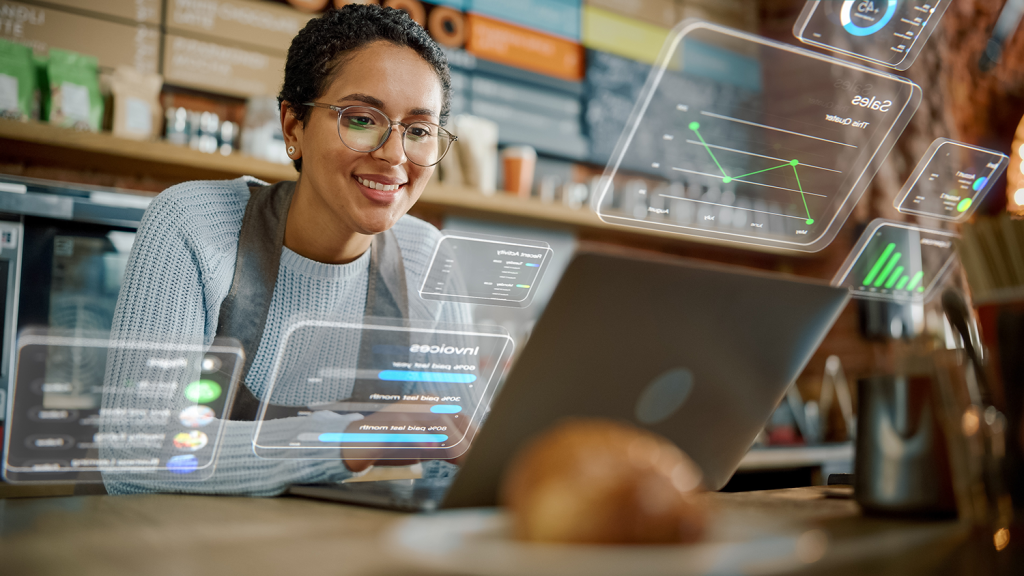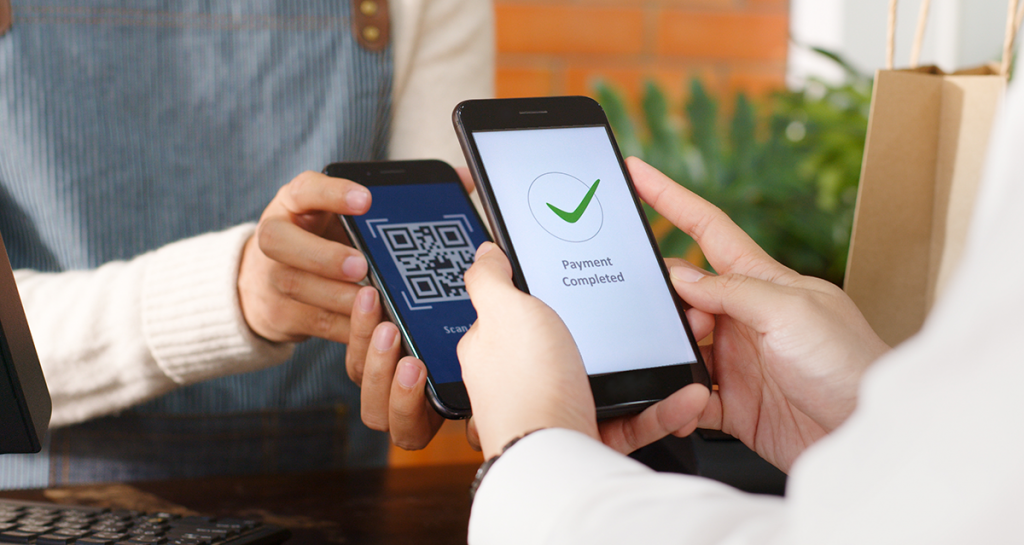
By Leo Clarke, Contributor
What does it take for a restaurant to stand out from the crowd? Distinctive dishes, a cozy ambience, and staff that go above and beyond are probably the first things that spring to mind.
However, in today’s fast-paced, digitally-driven world, customer expectations in the restaurant industry are evolving rapidly. Patrons no longer just seek delicious food and a welcoming atmosphere; they desire seamless experiences that cater to their preferences and enhance their dining journey.
This is where technology steps in as a game-changer. From personalized marketing strategies and efficient reservation systems to digital loyalty programs and real-time feedback mechanisms, restaurants of the 21st Century have an array of technological tools at their disposal to foster stronger connections with their customers.
In this article, we’ll explore how leveraging these technologies can not only improve customer relations but also drive business growth, making your restaurant a preferred destination for diners.
Optimize Your Digital Channels

One of the most important ways owners can improve customer relations outside of the restaurant itself is by establishing an online presence. Relying on word of mouth or passing trade will no longer cut it in today’s competitive landscape.
Building out your online presence doesn’t just mean developing a slick website, either; it’s just as important for modern owners to divert resources to the social media space. According to a recent survey, 87% of consumers have visited a new restaurant they’ve found on social media, highlighting the power of these channels – especially with younger demographics.
Building a good relationship with diners and prospective diners doesn’t start when they step foot into your establishment. Making an effort to improve every stage of the process, including the researching and booking stages, will work toward improving the customer experience throughout their journey, which is likely to result in more conversions and more positive recommendations.
More Flexible Payment Options

A key area where managers and owners might look to leverage technology on-site is during the payment process. Using tech to speed up this stage of the transaction not only results in happier diners, but it means you can optimize table turnover and ultimately see more customers.
Modern Point of Sale (POS) devices are easy to use for both customers and staff, while also offering people more choice over payment methods. In an age where more people are using digital wallets than traditional payment methods, it’s crucial you’re utilizing the right tech that has the capacity to handle such payments.
As an added bonus, digital payments are more likely to result in higher tips, with 71% of respondents saying they tipped at least 11% more when paying in this way.
It’s also worth noting that these systems can offer better data insights into customer behavior, meaning you can improve and optimize your processes for future customers, while also offering more personalized experiences for repeat diners.
Digitize Your Loyalty Schemes

It’s no secret that customers love to get a bargain, and restaurants stand to benefit from these schemes too in more ways than one. Not only can they encourage repeat guests, but they can also be leveraged as an effective marketing tool. Customers are more likely to engage with your brand when they receive personalized rewards, which only helps to build a more positive brand image in the marketplace.
Loyalty schemes and reward programs are nothing new in the hospitality sector, but as technology continues to evolve, we’re seeing more businesses move away from the traditional paper and stamp approach, instead favoring digital platforms. Giving guests the chance to see their information in an app or on a website – or even directly in their inbox – could lead to more conversions and better engagement. A 2018 study revealed that 97% of Millennials surveyed said they would “actively engage” in loyalty programs if the rewards information could be accessed on their smartphones – symptomatic of the growing ‘demand for digital’ in the modern market.






